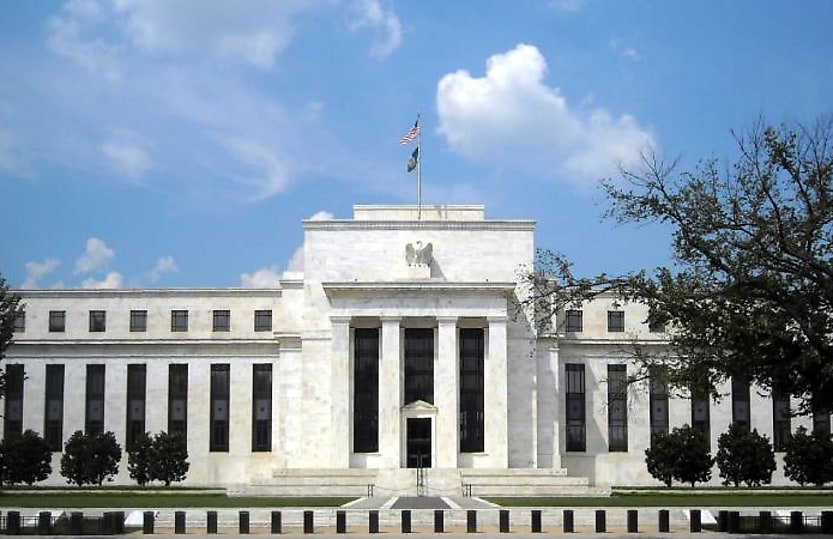Banks survive, but tighter credit conditions threaten growth

While the banking sector crisis has eased, the constriction of finance remains a significant risk bubbling below the surface.
Risks loom on the horizon for businesses and the broader economy even though threats to the banking sector have abated, according to economists and investment specialists.
AMP senior economist Diana Mousina said the banking sector had just survived its worst period since the global financial crisis in 2008.
She pointed to three regional US bank collapses headlined by Silicon Valley Bank, plus a US$30 billion cash injection required by First Republic Bank and the takeover of Europe’s Credit Suisse Bank by UBS.
Much of this reflected problems at those particular institutions, she said, but interest rates rises had made the issues worse.
“Interest rate rises have lifted funding costs for banks and decreased lending activity,” Ms Mousina said in a recent article.
“The risk is that the tightening in monetary conditions will expose fragilities across more of the banking sector, despite a tightening in regulation since the GFC and high capital buffers.”
While the banking system overall is in much better shape than it was 10 years ago, banks are still vulnerable to deposit runs despite holding higher levels of capital.
“That’s really the risk that we still have in the US, Europe and potentially in Australia. Just because our banks are highly regulated and have high levels of capital, that doesn’t mean that if you get a fall in confidence around the banking system that consumers and businesses won’t start taking out their deposits,” Ms Mousina told Accounting Times.
“That could cause a deposit run and cause liquidity issues for the banks. If we see more signs of concern around the world, we could see liquidity dry up for Australian banks which is what happened during the GFC.”
Where banks are unable to make loans, this has flow-on effects for the rest of the economy.
“Businesses can’t borrow to fund projects, to pay staff or undertake basic day-to-day operations,” she said.
Ms Mousina said while concerns about the banking system have now eased, they have not been completed erased.
“There are still pockets of concern so it’s too early to say that financial contagion risks have been fully contained,” she said.
The biggest issue building beneath the surface of the banking turmoil is the constriction of credit supply, according to Franklin Templeton director for fixed income, Andrew Canobi.
“The constriction of credit, and withdrawal of liquidity, ultimately finds out the weaknesses in the system,” said Mr Canobi.
“The supply of credit supports growth and drives inflation. Just as the excess creation of money through the pandemic caused inflation to surge, its rapid destruction as central banks shrink the money supply is highly disinflationary.
“In a highly financialised world fuelled by liquidity and availability of credit, sooner or later, things start to break when central banks withdraw that credit and liquidity as rapidly as they have. The only question is what and when.”
The warning signs have been brewing for several months, according to Mr Canobi.
“Monetary policy has been biting and hard choking off the supply of money. This is the pointy end of the hiking process,” he said.
“Nowhere is the tightness of bank credit more closely scrutinised than in the benchmark New York fed senior loan officer survey. Whenever it has signalled conditions as tight as currently indicated, the US has been in or soon entered recession.
“If there is one memo that regional bank treasurers are likely sending to their loan officers this week, it’s ‘Don’t lend any money unless the credit is pristine and well priced’. The provision of commercial loans dries up when the survey points to conditions this tight. No doubt the next survey will be a doozy.”
In Australia, tighter credit conditions are already starting to impact the construction and building sector.
“Tremors have been showing up for a while as the credit pool has been drained,” said Mr Canobi.
“The UK Pension system crashing the gilt market, FTX imploding or some banks looking shaky are in some ways distractions that are too easily dismissed as isolated events. Monetary policy is a blunt tool and its finding out the interest rate and liquidity sensitive areas in the market quickly.”
Fidelity International’s chief investment officer, Andrew McCaffery, said while the turmoil in the banking sector has calmed for now, he agreed that access to credit will become a bigger challenge over the next few years.
“[We need] to look at where we may have challenges more broadly with credit and the individual sectors that are challenged by access to credit and the ability to refinance efficiently,” said Mr McCaffery in a Fidelity podcast.
About the author

